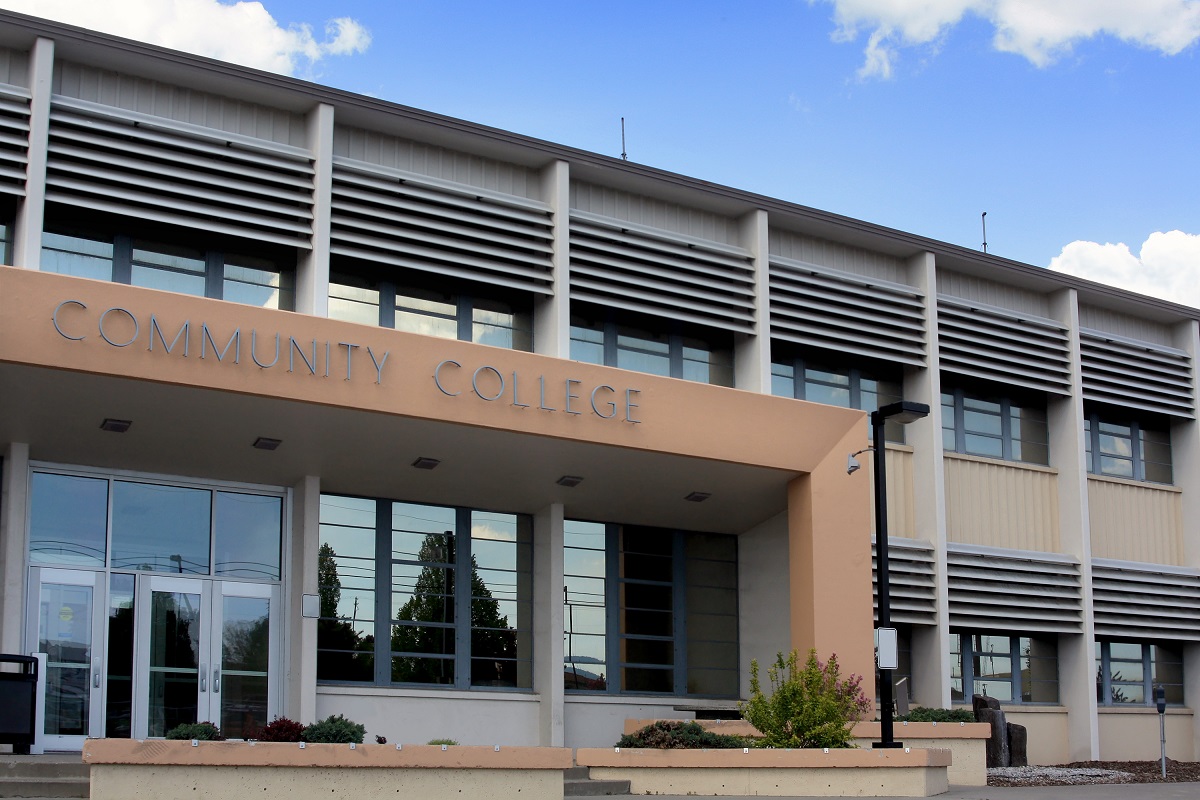Blending high-dosage tutoring time with high-quality educational technology can reduce costs by one-third and halve the number of tutors needed without compromising effectiveness on student learning, according to a working paper released June 3 by the University of Chicago Education (UCE) Lab.
When 4,000 students in Chicago Public Schools and New York City Public Schools alternated between in-person tutoring and computer-assisted learning using the “Saga Education Technology” model, which replaces some tutor time with educational technology, students received an equivalent of one to two years of math learning when compared to a traditional in-person tutoring program.
In addition to speeding up academic recovery, researchers also noted that schools were able to reduce the costs of tutoring programs by one-third — a factor that will become increasingly important as federal COVID-relief funds dry up.
“The findings from this study mark a pivotal moment for both students and educators, not only within Chicago Public Schools but for school districts across the country,” Bogdana Chkoumbova, chief education officer of Chicago Public Schools, said in a statement. “By accelerating learning with high-dosage tutoring that incorporates educational technology, we’re beginning to unlock and understand an innovative approach to education that provides targeted supports to students through extended learning time, helping students thrive in the classroom.”
Research suggests that high-dosage tutoring — which typically involves tutoring in 1:1 or small group settings for at least 30-minute sessions at least two or three times per week during the school day — is the most effective way to accelerate student learning.
The Biden Administration repeatedly cited this type of tutoring as a strategy for local educational agencies to implement using federal pandemic-relief funds. However, many administrators working to scale up tutoring programs reported challenges related to staffing and cost.
UCE Lab researchers found that a 4:1 tutoring model in which two ninth grade students worked with one in-person tutor and the remaining two worked with high-quality education technology for 50 minutes on alternating days had nearly the same outcome as a 2:1 tutoring model that had students spend 50 minutes per day with a tutor on a daily basis.
Additionally, this alternating tutoring model also preserved some of the qualities of high-dosage tutoring that make it effective, including sessions being held during the school day to ensure attendance; daily sessions to ensure engagement while alternating between an in-person tutor and computer-assisted learning software; and allowing for a personal and long-term connection between the tutor and students.
Ultimately, researchers found that incorporating high-quality technology reduced costs by 30 percent and reduced the number of tutors required to serve a given number of students by 50 percent while maintaining nearly the same impact on student learning.
“Very rarely do you see such a large reduction in cost and no loss in program effectiveness,” said Monica Bhatt, senior research director at the UCE Lab. “These findings are exciting because they provide us a pathway to scale and a potential recipe for districts to follow for implementing high-quality differentiated instruction.”





